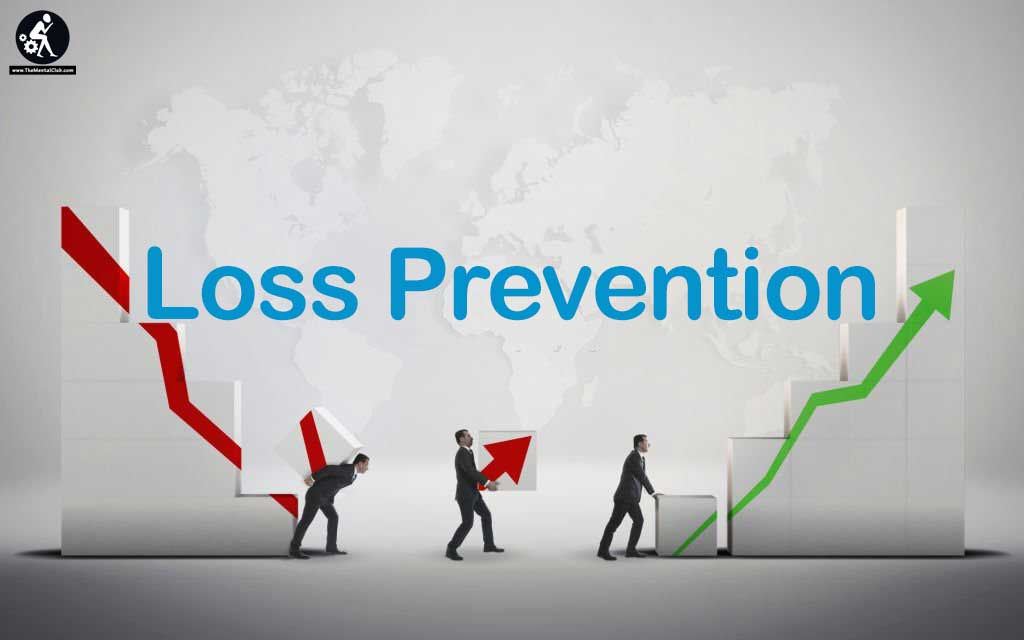The term “loss prevention” refers to the process of reducing or stopping losses in any area of business, especially within retail. Loss prevention is a mix of physical security, staff training, and motivation, as well as IT systems to monitor potential shoplifters and prevent theft. Loss prevention can also refer to a loss-prevention program that is focused mostly on preventing theft.

Critical assets are safeguarded and safeguarding prevents the risk of damage or theft (e.g., health information protection).
The Route into Loss Prevention as a Career
Although loss prevention throughout the world is a relatively new career choice, many business schools and colleges are developing curricula to train students in this field. There is actually a lack of professionals dedicated to retail loss prevention within the industry, which makes it attractive for a career. When you decide to pursue a career in loss prevention, many different industries are open for you to choose from and there are many different career paths that can be taken. Many different companies work together to prevent losses from occurring. However, first it is recommended that you get qualified with a BS in loss prevention.
Theft: Internal and External
Theft is a broad term that includes larceny and embezzlement. Embezzlement occurs when an employee uses company property for their own benefit, while larceny occurs when the property is taken by force or fraud.
Loss prevention can also refer to a loss-prevention program that is focused mostly on preventing theft.

Vandalism
Vandalism is caused by individuals and can be a significant source of loss. These damages can include food being left out of refrigeration and therefore spoiling, glass being broken when windows are smashed to gain entry, or objects being carelessly handled causing products to break.
Shoplifting
Shoplifting is defined as stealing merchandise that is kept in a retail store for sale. Shoplifting may refer to employees stealing from their workplace or the consumer going into a shop and taking merchandise without paying for it.

Employee Safety
Employee safety refers to the physical condition of employees and their personal property, including any incidents that occur while they are on the job (such as falls).
Loss Prevention Strategies
Loss prevention is an organization-wide approach to controlling losses. The main idea behind loss prevention is to prevent losses by focusing on the following 3 aspects of your business:
- Identify the risk
- Set expectations
- Implement strategies
An important part of loss prevention is the hiring of experienced, skilled, and qualified staff. The loss occurred due to either poor operating procedures that are not well enforced, or internal frauds committed by employees. The key to helping minimize or stop these problems from occurring lies in the training and motivation of your employees.

Loss prevention is an essential part of business operations in many countries today. There are many different types of loss prevention strategies, but basically, loss prevention consists of preventing losses by focusing on the 3 aspects already mentioned. Losses can be prevented by identifying their risks and then implementing strategies to prevent them from happening again.
Much of the work in loss prevention involves theft control and inventory management. Theft has been a significant source of revenue for businesses since the beginning of commerce and will continue to be so in the future.


































